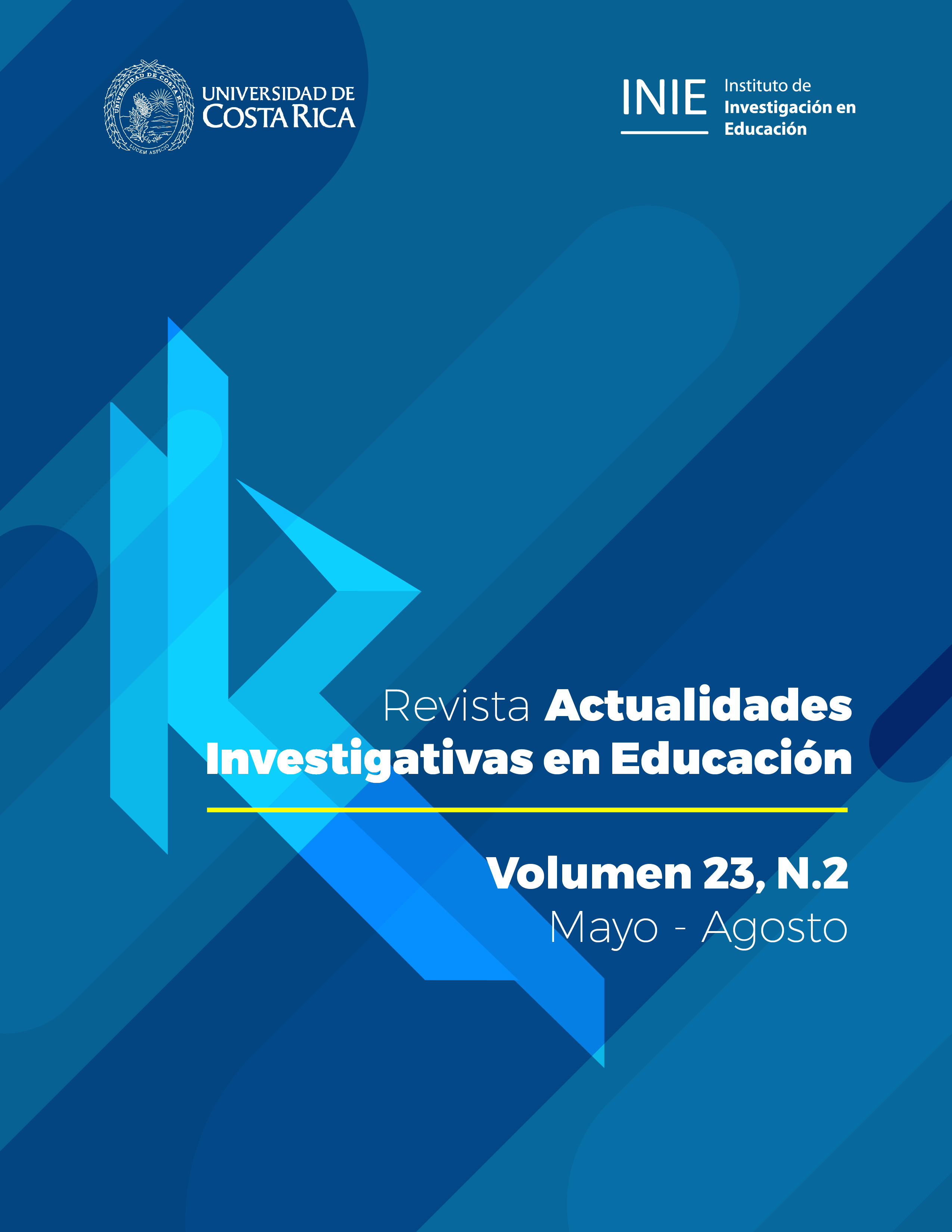Abstract
Organizations constitute the ubiquitous environment, created by the human being and integrated by him, which, in the course of his evolution and development, has provided him with the highest states of satisfaction and well-being: social, economic, political, cultural and educational, among others. To achieve such satisfaction and well-being, the organization requires a structure that guarantees that it achieves its objectives. What has been stated is the fundamental purpose of this essay: to analyze the models proposed by organization theory and management scientists, to define and study the structure, with the aim of demonstrating that such models have limited themselves to pointing out the relevance of the structure and its elements, without actually establishing a proposal for its design.
In order to fulfill this purpose and objective, a documentary theoretical investigation was demonstrated, which defined the main published works on: Structure of Organizations as a study unit. And as categories of analysis are established: delimitation of the concept of structure, elements of the structure and structure model. The results of the essay allowed to identify six models, by means of which both the theory of the organization and the scientists have determined: what is the structure, what are its components and how they are configured, to achieve the objectives of the organization. Based on the achievements obtained, a proposal for a structure model for the educational organizations of the Costa Rican educational system is developed. In the conclusions, the importance of the structure for organizations and in particular for educational organizations is highlighted, clarifying that the model proposed for the Costa Rican educational system represents an effort, whose main purpose is to induce and deepen the study of the structure in the schools.
References
Alves, Roberta., Moraes, João. y Almeida, Carlos. (2014). Semiótica do Discurso Científico: um estudo sobre novas perspectivas para a Análise Documental de Conteúdo. Scire, 20(2), 55-59. https://www.ibersid.eu/ojs/index.php/scire/article/download/4184/3778/5384
Blau, Michael. (1975). Aproximaciones al Estudio de la Estructura Social. The Free Press Macmillan Publishing Co.
Cantón, Isabel. (2003). La Estructura de las organizaciones educativas y sus múltiples implicaciones. Revista Interuniversitaria de Formación del Profesorado, 17(2), 139-165. https://www.redalyc.org/comocitar.oa?id=27417209
Détrie, Jean-Pierre. (1995). Strategor: Estrategia, Estructura, decisión, identidad. Política general de empresa. Masson.
Drucker, Peter. (1954). La Gerencia de Empresas. HarperCollins.
Espinoza, Roberto. (2009). El fayolismo y la organización contemporánea. Visión Gerencial, (1), 53-62. https://www.redalyc.org/pdf/4655/465545880010.pdf
Etzioni, Amitai. (1975). Organizaciones Modernas. Editorial Hispano Americana.
Fayol, Henry. (1916). Administración Industrial y General. Ateneo.
Fernández, Marco. (2019). La Estructura organizacional, el agile mindset y el gobierno de TI para la transformación digital de las empresas. En Innovando la educación en tecnología. Actas del II Congreso Internacional de Ingeniería de Sistemas (pp. 107-126). Fondo Editorial. https://repositorio.ulima.edu.pe/bitstream/handle/20.500.12724/11173/La_Estructura_organizacional_Fernandez.pdf?sequence=1&isAllowed=y
Garza, Laura. (2019). Proceso de cambio y desarrollo organizacional. Academia de Ciencias Administrativas. http://acacia.org.mx/wp-content/uploads/2016/10/8-Proceso-de-Cambio-en-las-Organizaciones.pdf
Gilli, Juan. (2017). Claves de la Estructura organizativa. Granica. https://granicaeditor.com/libro.asp?isbn=9789506419059
Gómez, Sergio. (2012). Metodología de la Investigación. Red Tercer Milenio. https://www.academia.edu/35808506/Metodologia_de_la_investigacion_Sergio_Gomez_Bastar_1_
Gullo, Javier. y Nardulli, Juan. (2015). Gestión Organizacional. Maipue. https://bibliotecaees1boulogne.files.wordpress.com/2020/06/gestion-organizacional-gullo-javier_-nardulli-juan-p.pdf
Izquierdo, Belinda. (2019). Estudios del Capital Humano, su liderazgo y el Comportamiento Organizacional. Una Perspectiva Globalizadora. Academia de Ciencias Administrativas. http://acacia.org.mx/wp-content/uploads/2016/10/4EstudiosdelCapital.pdf
Kast, Freemont. y Rosenzweig, James. (1990). Administración en las organizaciones. McGraw-Hill.
Lévy-Strauss, Claude. (1995). Antropología Estructural. Ediciones Paidós. https://monoskop.org/images/6/67/Levi-Strauss_Claude_Antropologia_Estructural_1978.pdf
Melinkoff, Ramón. (1969). La Estructura de la Organización. Universidad Central de Venezuela. https://worldcat.org/es/title/1526341
Meyer, John., y Rowan, Brian. (1977). Organizaciones institucionalizadas: Estructura formal como mito y ceremonia. Revista americana de sociología, 83(2), 340-363.
Mintzberg, Henry. (1979). La Estructuración de las Organizaciones. Prentice Hall.
Mintzberg, Henry. (1991). Mintzberg y la Dirección. Ediciones Díaz Santos.
Moreno-Luzón, María., Peris, Fernando. y González, Tomás. (2001). Gestión de la Calidad y Diseño de Organizaciones. Pearson. https://dialnet.unirioja.es/servlet/libro?codigo=117867
Morgan, Gareth. (1986). Images of Organization. SAGE Publications Inc.
Piaget, Jean. (1999). El Estructuralismo. Publicaciones Cruz O.
Ranson, Stewart., Hinings, Bob., y Greenwood, Royston. (1980). The Structuring of Organizational Structures. Administrative Science Quarterly, 25(1), 1–17. https://doi.org/10.2307/2392223
Revuelto-Taboada, Lorenzo. (2018). Un enfoque estratégico de la motivación laboral y la satisfacción laboral. Perspectiva Empresarial, 5(2), 7-26. http://dx.doi.org/10.16967/rpe.v5n2a1
Robbins, Stephen. y Coulter, Mary. (2005). Administración. Pearson Educación.
Robbins, Stephen. y Judge, Timothy. (2009). Comportamiento organizacional. Pearson. https://frrq.cvg.utn.edu.ar/pluginfile.php/15550/mod_resource/content/0/ROBBINS%20comportamiento-organizacional-13a-ed-_nodrm.pdf
Spencer, Herbert. (1947). Principios de Sociología. Editorial Argentina.
Taylor, Frederick. (1913). Shop Management. Harper & Brothers Publishers.
Taylor, Frederick. (1916). Principios de la Administración Científica. Ateneo.
##plugins.facebook.comentarios##

This work is licensed under a Creative Commons Attribution-NonCommercial-NoDerivatives 4.0 International License.
Copyright (c) 2023 Juan Antonio Arroyo Valenciano







